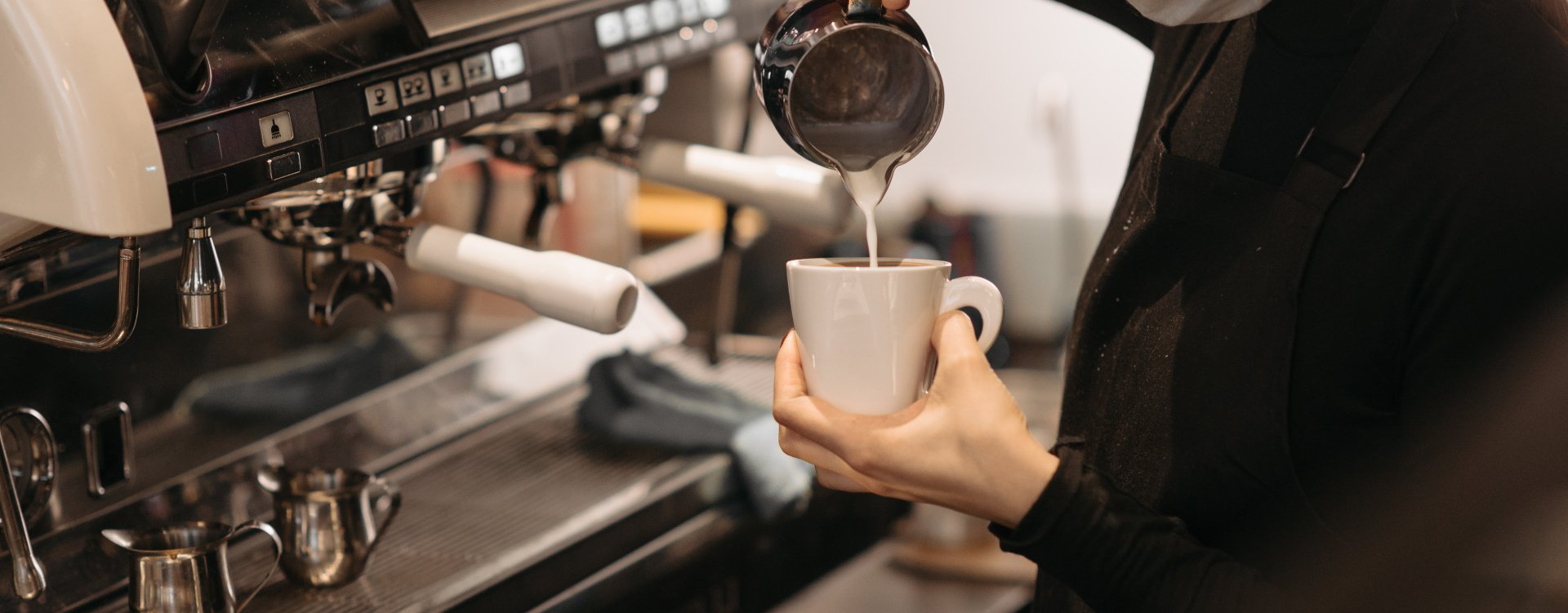Recovery: Why what we eat post-ride matters
It's tempting to eat what you want without particularly thinking when we get home from a ride, or indeed any form of exercise. However, is there something we could be doing that's going to help us recover, faster??
Find out more below...
Training doesn’t make us better at cycling. In fact, cycling (or any exercise for that matter) makes us worse. Exercise is taxing on the body, using up energy and inhibiting muscle growth. Training only allows us to improve when we appropriately fuel for recovery, allowing our muscles to repair, grow and become more resilient.
Cycling has a massive metabolic demand on muscles; the heat that is produced as a by-product of energy production during exercise increases the temperature of the muscle, causing damage to the muscle proteins. This damage to the proteins causes swelling, a build-up of fluid in the tissues that brings with it a number of inflammatory and muscle damage markers. This in turn can put pressure on blood vessels, limiting the supply of fresh, oxygenated blood to the damaged tissues and reducing clearance of the damaged cells. Consider the effect the immune system has on a superficial cut or scratch in protecting and healing the skin, it is the same here, it’s just happening internally and on a smaller scale.
This physiological response may seem excessive as a result of a simple bike ride. It isn’t.
It is a totally normal phenomenon, and it essential for any muscle adaptation (and improvements in cycling performance). This recovery process however, only occurs if we have the right fuels available to rebuild the tissue. Otherwise it’s like fixing a house without any bricks or wood.
So…what do I need to eat??
Proteins and carbonydrates
The most obvious focus for recovery nutrition is protein. Predictably, if you damage the proteins, consuming more proteins helps to rebuild and repair them. However, proteins are more effective when consumed with carbohydrates (think high glycemic index foods, which are easily broken down, such as white bread or rice or some sweets). It seems it doesn’t necessarily matter what the amount or ratio of the nutrient is, as long as there is some of both. Studies have used 25-55g protein and 8-50g carbohydrate, all with relatively equal improvements to recovery.
It has often been considered that it is beneficial to consume this protein within 2 hours of the exercise, historically known as the ‘anabolic window’. It is now believed that this urgency after exercise isn’t necessary, especially in people who have a chronically high protein intake in their diet (generally meat eaters or those who regularly supplement with protein). This said, not consuming protein within this phase either has no or a negative effect, so it is worth timing your fuelling for this period if possible.
Leucine is an amino acid (a building block of proteins) which is essential for muscle growth and repair. Meat eaters already get plenty of this in their diets, but nuts, eggs, lentils and chickpeas are also relatively high in leucine, or of course protein supplements. Focus on these types of proteins for recovery.
What about hydration??
Hydration is a big issue in high intensity, or long lasting events such as cycling. To know how much fluid to drink to ensure you are fully re-hydrated, weigh yourself before and after your ride. Whatever weight you have lost, you need to consume this back in water. For example, if you are 1 kg lighter after your ride, you need to consume 1 L of water (1000g=1000ml). There is no rush to drink this – consume it gradually over several hours post exercise. Some research suggests you should consume 1.5x the weight lost instead of 1x weight lost, but you can trial both methods and see how you feel.
Generally, a larger focus on hydration needs to be made if the ride was particularly long or hot, when sweat rates are higher. Electrolyte drinks are also helpful here, in some cases they re-hydrate better than water itself and help to replenish the salts that are lost through sweat. Gels and sports drinks all have a specific balance of this, but if you want a cheaper alternative, add a little sugar and small amount of salt to some water!
What if I'm not that organised??
Not everyone is able to prepare the perfectly balanced, whole food meal to eat immediately after training. If you aren’t hungry or are unable to eat immediate after exercise, chocolate milk (yes, a milkshake!) is one of the optimal snacks for recovery, with a naturally perfect combo of protein and easily digestible carbohydrate. Casein is a protein which is slowly broken down, so a scoop of this immediately before bed can aid muscle recovery throughout the night, which is helpful if you missed your earlier protein snacks. Consuming protein before exercise can also be beneficial to recovery.
Key points for cycling recovery.
· Focus on at least 20g of leucine-rich proteins (meat, fish, eggs, chickpeas, brown rice, lentils).
· Combine this with a easily broken down carbohydrate (white bread, white rice, sweets, potato)
· Drink back your loss in body weight of water or electrolyte drink.
· Chocolate milk and casein protein powders are good back up options to optimise recovery!







